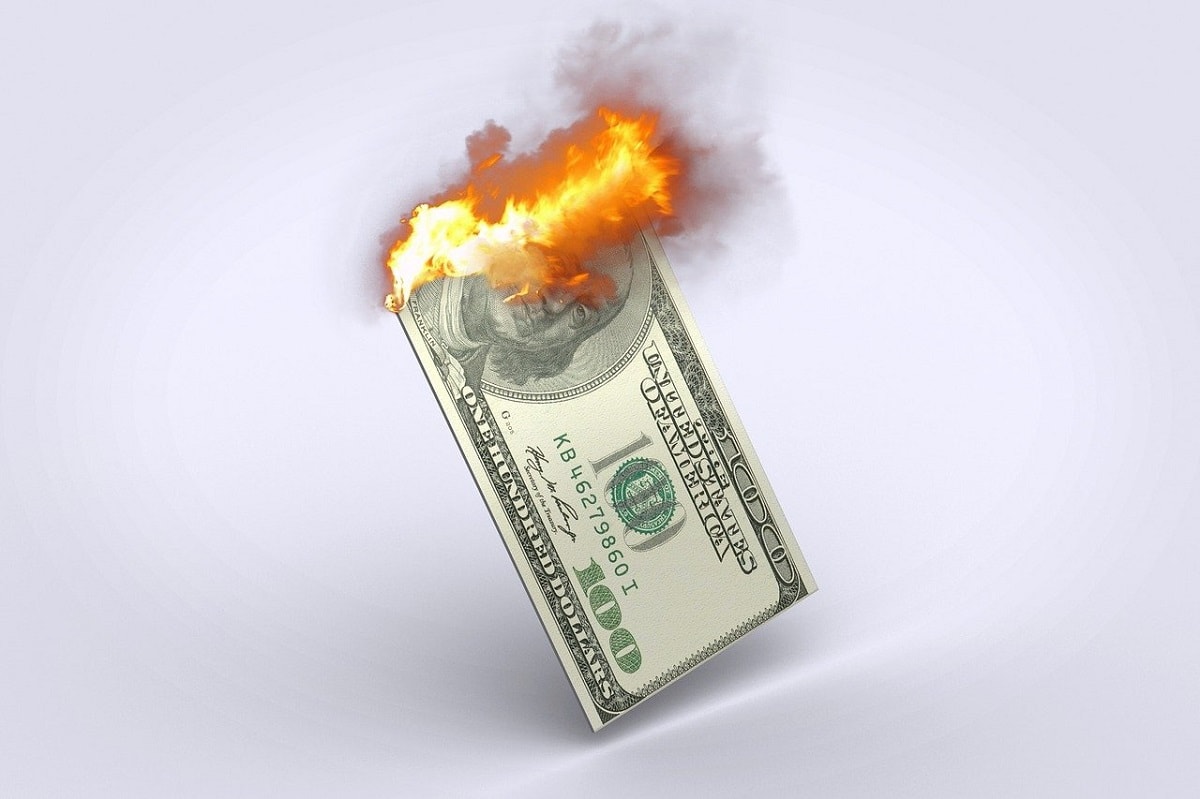Robert Farley

How goes the financial war between Russia and the West? This new series of articles – of which this is part one (you can read part II here) – examines how Russia, Ukraine, the United States, and the European Union have “waged wars with gold,” or in other words used the tools of high finance to compete, coerce, and even clobber one another.
The Finance Domain
Just as states have armies, navies, and air forces as tools of defense statecraft, they also have groups of professionals dedicated to protecting state interests with financial tools: “gold forces,” if you will.
We call the space in which these forces operate the “finance domain,” much as we call the space that navies and air forces operate the “maritime domain” and “air domain” respectively.
States have competed in the finance domain for as long as substantial trade financed with liquid assets has existed, although the complexity of operations within this domain has varied over time. Over the past eight years, the United States and its allies have used tools of the finance domain in a coercive effort to change Russian policy towards Ukraine. The effort began even before the Russia’s 2014 invasion of Ukraine, but escalated in intensity after the seizure of Crimea and again following Russia’s full invasion of Ukraine in February 2022. This campaign offers a unique lens into how modern states compete in the finance domain.
The Early Financial Campaigns Against Russia
The United States began using tools of financial statecraft against Russia well before 2014.
Generally suspected to be a tax haven for Russian government officials, oligarchs, and organized crime figures going back to the days of the USSR, Latvia was designated a “jurisdiction of primary concern” in a 2005 US Department of State International Narcotics Strategy Control Report (INSCR).
But mounting and maintaining a sustained financial sanctions campaign against stronger states like Russia is much more difficult than one against weaker states like North Korea. Unlike Iran and North Korea, Russia was still able to wield enough influence for a coordinated sanctions program to founder.
The 2014 War
Moscow’s 2014 invasion of Ukraine jumpstarted the US attempt to sanction Russia.
Russia invaded Crimea in March 2014 to, in President Putin’s words, “restore unity.” Ukraine did not see the situation in the same light and went to war against Crimean separatist forces, resulting in over 10,000 battle deaths and almost 24,000 injuries.
The G20 nations were not forced into action, however, until Malaysia Airlines flight 15 was blown out of the sky over Ukrainian airspace with what turned out to be a Russian-made surface-to-air missile. Two hundred ninety-eight civilian deaths were more than the international community could bear, and the US and EU agreed to launch a sanctions campaign to “force Russia to ‘abide by its international obligations and return its military forces to their original bases and respect Ukraine’s sovereignty and territorial integrity.’”
The sanctions package put in place by the US started narrowly, banning travel and freezing assets for any “’individuals and entities’ responsible for the Russian military intervention” in Crimea. It later broadened to include travel bans, arms embargoes, export controls, and restrictions on major Russian banks and energy companies. The European Union, Australia, and Japan joined the campaign at this early stage.
SWIFT
These sanctions had a significant economic effect, combining with falling oil prices (caused in large part by US pursuit of fracking technology) to throw Russia into a recession, weaken the ruble, and cost Russia “tens of billions of dollars” according to Prime Minister Dmitry Medvedev. The combination of the impact of the sanctions and the sheer number of states participating in the sanctions regime led the US and the UK to take the next step and approach SWIFT about denying Russian banks access to the service. The threat was serious enough that Medvedev deemed it “equivalent to a declaration of war,” and pushed Russia to develop its own payment system.
SWIFT’s board took Russia’s threat seriously, especially given that Russia was a large, economically important target with a powerful cadre of allies. The board declined to exclude Russia from the system both the first time the US and the EU asked in 2014, and again in 2018. The US had met an adversary in the finance domain strong enough to resist its attacks, an adversary with enough leverage of its own to create opposition in the EU and skepticism within SWIFT. Nevertheless, the US kept up the sanctions campaign, despite the 2016 election which put an administration more amenable to Russian demands in the White House. By 2021 the US had broadened the regime to include sanctions related to malicious cyber activities, war crimes in Syria, and support for rogue states around the world.
An Uneasy Financial Stalemate
Thus, by early 2022 Russia and the West had settled into a consistent, if low-intensity, financial war. The war almost certainly had an impact on Russian growth and on Russia’s freedom of action, but at the same time Moscow was strong enough and important enough to the world economy to fend off the most serious Western efforts to inflict damage.
Everything would change in February 2022, when Russia launched its very real invasion of its neighbor, Ukraine.
No comments:
Post a Comment